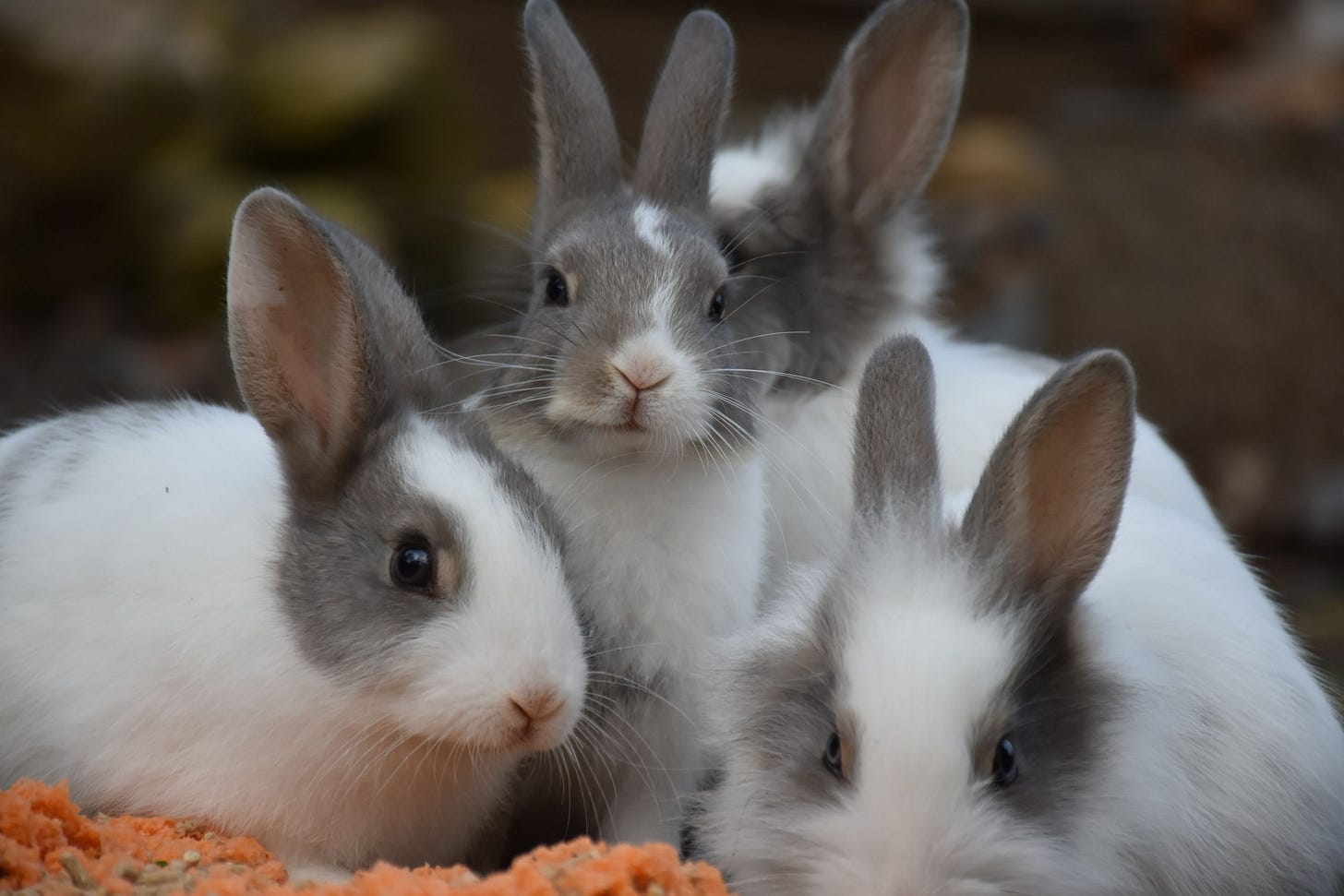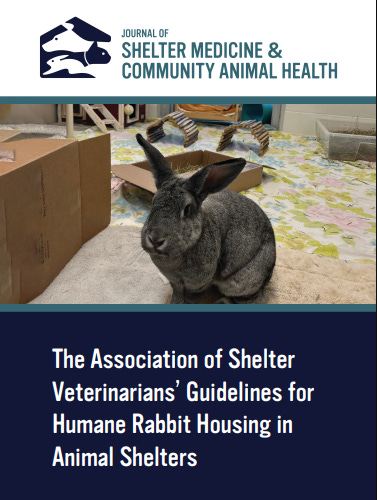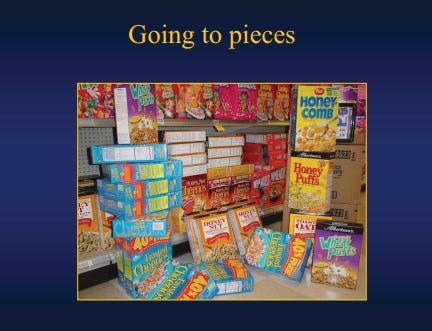Guidelines for “(In-)humane rabbit housing in shelters“
Association of Shelter Veterinarians calls for turning away and killing bunnies
The Association of Shelter Veterinarians (ASV) needs new blood and new thinking. The organization, dominated by dinosaurs like Kate Hurley, continues to advocate killing and abandonment as “solutions” to intakes. Before she became an advocate for leaving cats and kittens on the street (which has been rejected by a California court as “abandonment”), Hurley was one of the leading advocates for killing cats. Likewise, her historical interventions in pounds led to more killing.
Similarly, the ASV historically promoted killing over No Kill Equation programs. As its name suggests, the ASV is an industry organization representing veterinarians who work in animal “shelters.” In some shelters, it is veterinarians who have the final say as to which animals live and which animals die, and so the organization bears a tremendous responsibility to keep its members fully informed about and philosophically receptive to lifesaving innovation.
As too often happens, however, industry associations tend not to embrace positions that reflect the most innovative and successful aspects of the group they represent. Like veterinary associations that fight bans on declawing despite its proven cruelty, they do not aspire to a brighter future and greater accountability, but are prone to defending poor performance and antiquated operating procedures. In the case of sheltering and the ASV, this entrenchment comes with deadly results.
In the latest issue of its journal, Hurley and her cronies published “Guidelines for Humane Rabbit Housing in Animal Shelters.” In it, they suggest limiting the amount of available rabbit housing to some random, target length of stay, and, on top of that, keeping some of those cages empty. Or, as they word it, “If the goal is to house rabbits for less than a month each, for instance, no more than the average expected monthly number of adoptions can be housed at one time,” and “For shelters dealing with larger groups of rabbits sporadically (e.g. in response to hoarding cases), some flux should be anticipated. This demand means not every housing unit can be filled during times of typical intake levels.”
While the ASV gives lip service to foster care, two primary strategies they advocate for limiting the number of rabbits cared for are closing the door to rabbits in need (“a moratorium” on intake) and killing them (“Immediate action” may include “euthanasia” [sic].) This violates their rights to both rescue and life.
Hurley has long promoted such outcomes through a half-baked cereal box analogy. Hurley has argued that if you have too many cereal boxes on a shelf, things will get messy.
You can see her PowerPoint slides by clicking here.
So we have to “respect our animals just like we respect our cereal.” She also uses the feeble analogy to impart the apparent importance of limiting consumer choice. While showing shelves jammed with cereal boxes, she claimed that offering people too many choices results in no sales at all or fewer sales overall. To Hurley, saving animals at risk means fewer adoptions.
Not only would the Kellogg company refute her point, but cereal isn’t alive: it does not have thoughts, feelings, or a desire to live. Unlike kittens, cereal boxes wouldn’t be forced to fend for themselves in parking lots if turned — or thrown — away. And you do not have to kill individual boxes of cereal with an overdose of poison to have fewer boxes in the store; another crucial distinction.
By contrast, as I have long argued, the appropriate level of care devoted to animals is determined by one thing: need. Thankfully, the No Kill Equation — which encompasses foster care, comprehensive adoption programs, socialization and behavior rehabilitation, medical care, collaboration with rescue groups, effective marketing and promotions, a robust volunteer base, and more — creates the necessary infrastructure to provide for all the animals who need care. These programs enable a shelter to protect and provide for animals not just in ordinary circumstances, but also to respond humanely (i.e., without closing the doors to animals in need, killing, and with good care) during extraordinary ones, such as hoarding cases.
For further reading, see “Imagine the Possibilities.”





Dear Nathan, 1) What has happened to Common Sense and Humanity and Decency and Respect for Living Beings? 2) Hypocrisy of Kste Hurley and ASV (Association of Shelter Veterinarians) in their role of running Animal "Shelters” and supposedly helping voiceless animals to stay healthy, be safe, and get adopted or at least fostered; 3) Absurdly of Kate Hurley equating rabbits and other shelter animals/Sentient Beings with inanimate objects/cereal boxes that have no feelings and thus justifying their expendability! 4) The logic of requiring that all of the people who oversee the administration of and/or manage animal shelters should learn about and follow the logical steps and guidelines of animal advocacy as outlined in Nathan Winograd’s “No Kill Equation” ; 5) Encourage everyone to recognize Nathan Winograd as our Ambassador of Compassion and Animal Rights and Welfare in order to educate the public about the importance of treating animals/Sentient Beings with the same respect and dignity and compassion and kindness as we would treat Human Beings.❤️🐇🐶😸🐷🐂🐓🐿️🐤🐟🐴
Individuals like Kate Hurley must be shut down -- if she doesn't realize -- by now -- how FLAWED her philosophy is, then she must be pushed out of decision-making roles -- she should make a career change -- Advocating KILLING Animals, whether Rabbits or Cats, is pure absurdity, especially since we're in the life-saving of Animals business -- something is very wrong with her.